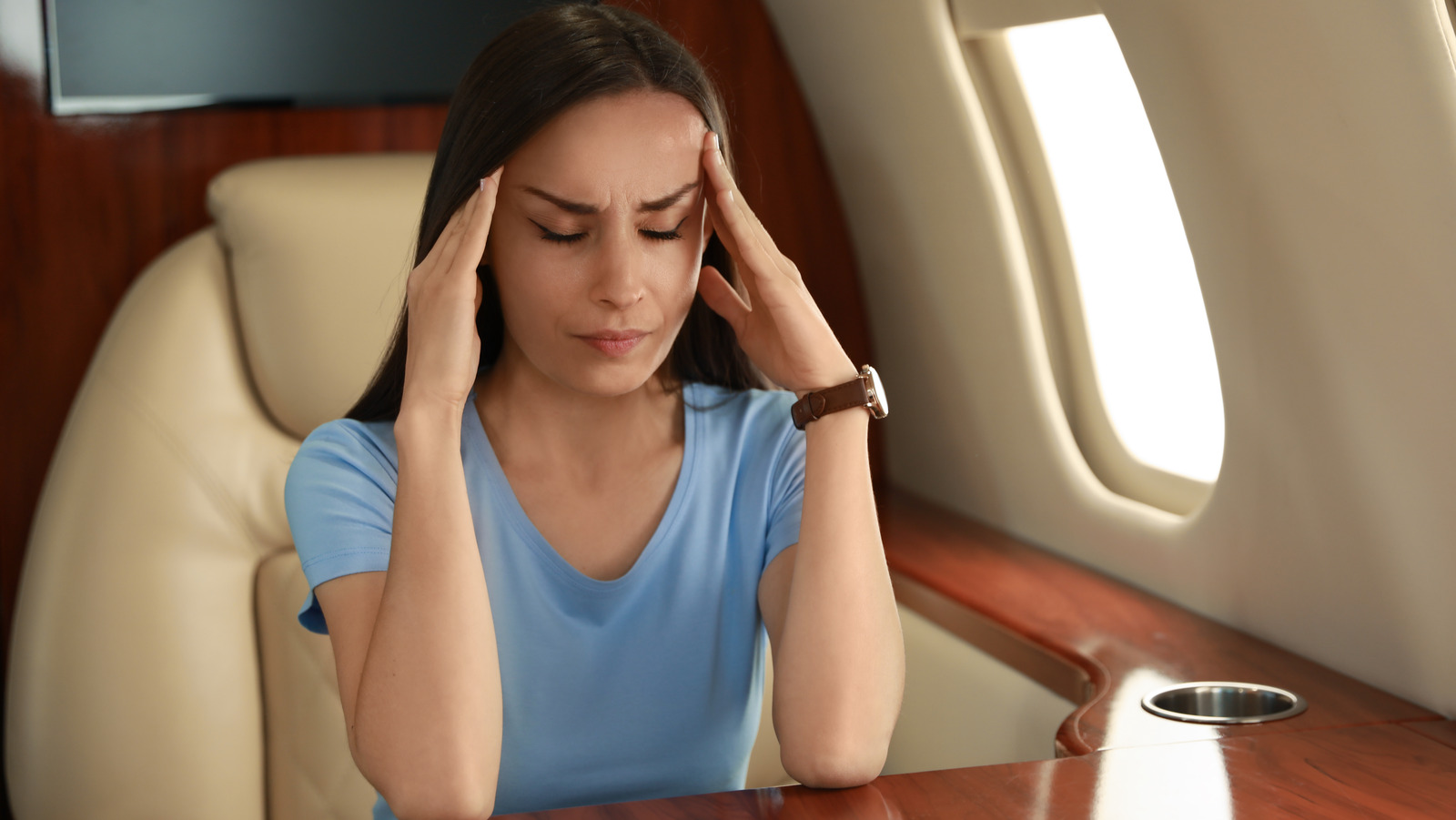
Your Favorite Sweet Treat May Be The Key To Fighting Jet Lag – Explore
There’s no nice way to go about it. Jet lag sucks — point blank. As exciting as it is to fly halfway across the world and explore new territory, the tradeoff is that you have to deal with a disruption in your body clock and circadian rhythm. Unfortunately, the World Health Organization notes that jet lag is unavoidable, especially after enduring long-haul flights. The more time zones you cross, the more serious your jet lag will be. In short: expect more post-flight fatigue and crankiness the farther you go.
You can’t bypass jet lag, but what you can do is mitigate its effects. Jet lag can persist for days, and the last thing you want is for your flight-induced exhaustion to spoil the trip you’ve planned hard for. According to Sleep Foundation, exercising after you land helps, and so does eating healthy meals that primarily consist of fruits and vegetables.
Then again, a study conducted by Qantas Airlines and the University of Sydney suggests adding some treats to your diet to circumvent the pesky effects of jet lag. Who would have thought that munching on chocolate could help?
Chocolate can help mitigate the effects of jet lag
 Miodrag Ignjatovic/Getty Images
Miodrag Ignjatovic/Getty Images
People who have a sweet tooth may be at an advantage when it comes to fighting against jet lag. In an effort to serve future customers better on its long-haul flights between New York and Sydney launching in 2025, Qantas Airlines partnered with the University of Sydney to conduct a study on how to make these flights bearable for passengers. As it turns out, the inclusion of specific ingredients, particularly chocolate, during in-flight meals was found to help passengers sleep better in-flight. Passengers also experienced fewer jet lag symptoms and exhibited improved cognitive performance up to two days post a 20-hour flight. Surprisingly, per the study, the other ingredient that can help is chili.
The study involved outfitting 23 volunteer passengers with wearables that tracked their stats. During the flight trials, major adjustments were made to when the meals were served, with the airline aligning the timing to the destination’s time zone. Passengers were also exposed to a different lighting schedule and were asked to consume meals composed of protein like fish and chicken, fast-acting carbohydrates, and comfort food such as milk-based treats. This was to help them doze off faster and adjust better when they reached their destination.
“The early findings have given us optimism that we can make a real difference to the health and wellbeing of international travelers thanks to this partnership with Qantas,” Peter Cistulli, Professor of Sleep Medicine at the University of Sydney, noted.
Don’t forget to expose yourself to more sunlight
 myboys.me/Shutterstock
myboys.me/Shutterstock
The study also noted that another crucial factor that goes into fighting jet lag is exposure to sunlight, which is why the flight trials introduced a different lighting schedule mid-flight. “Night flights usually start with dinner and then lights off. For this flight, we started with lunch and kept the lights on for the first six hours, to match the time of day at our destination. It means you start reducing the jet lag straight away,” Alan Joyce shared during one of the study’s first runs.
This is backed by science, with Harvard Medical School sleep researcher Rebecca Robbins telling The Wall Street Journal that if you wish to adjust to your destination’s timezone faster, you need to expose yourself to more sunlight instead of being cooped up in your hotel or Airbnb. “The sun is the strongest input to the circadian system,” she said. “The morning light is the most important for starting that rhythm.”
It also pays to move your body, as this also helps to regulate your circadian rhythm. Just be careful about hamming it out too much. You don’t want to expend most of your energy doing burpees and jumping jacks — you’ll need it for exploring later.


































